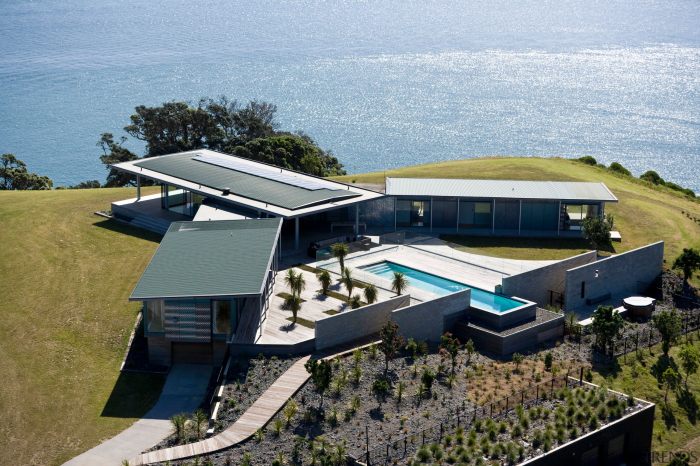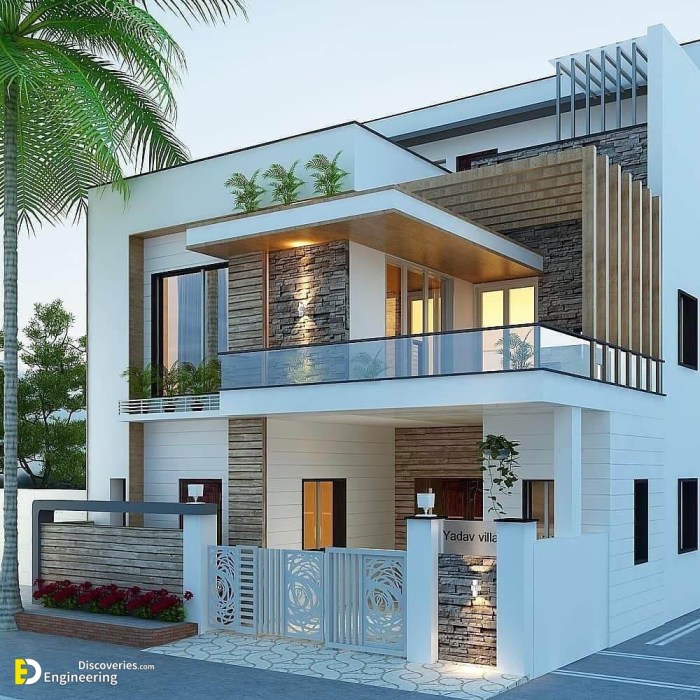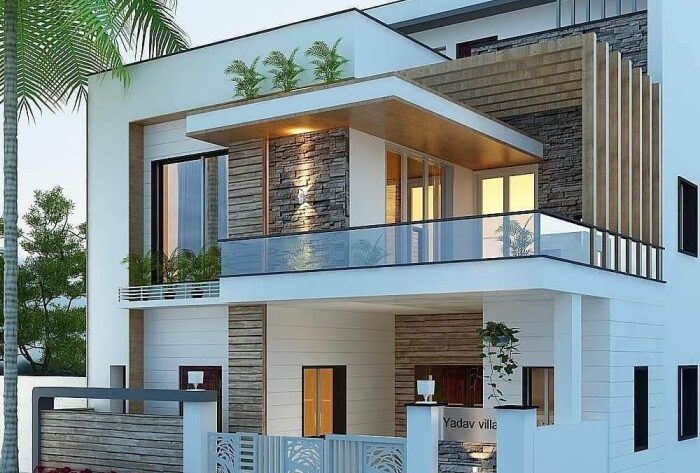Beautiful house interior design images offer a glimpse into the world of aesthetically pleasing spaces, where every detail, from color palettes to furniture selection, contributes to a harmonious and inviting atmosphere. These images serve as a source of inspiration for homeowners, designers, and anyone seeking to transform their living spaces into havens of beauty and comfort.
Exploring the concept of “beautiful” in interior design, we delve into the subjective nature of aesthetics, understanding how cultural influences and personal preferences shape our perceptions. We examine the key elements that contribute to a visually appealing space, including color, lighting, furniture, and textures.
By understanding these elements, we can create interiors that not only look stunning but also evoke specific emotions and enhance our well-being.
Creating a Sense of Flow and Harmony

A well-designed home should feel inviting and comfortable, encouraging a sense of flow and harmony between its different areas. This means creating a sense of connection and visual balance, ensuring a smooth transition from one space to another. Achieving this requires careful consideration of spatial planning, furniture arrangement, and the use of color, texture, and lighting.
Using Spatial Planning and Furniture Arrangement, Beautiful house interior design images
Spatial planning and furniture arrangement play a crucial role in creating a sense of flow. It involves strategically allocating space and placing furniture to encourage movement and visual connection between different areas. Here are some key considerations:
- Open Floor Plans:Open floor plans create a sense of spaciousness and connection, blurring the lines between different areas. This is particularly effective in smaller homes, where it can make the space feel larger and more inviting.
- Defined Areas:While open floor plans are popular, it’s essential to define different areas within a space to create a sense of organization and purpose. This can be achieved through the use of rugs, furniture groupings, or architectural features like columns or beams.
Beautiful house interior design images can provide inspiration for your own home. If you’re looking for ideas for a more traditional style, you might be interested in baltimore row house interior design , which often features intricate moldings, fireplaces, and a warm color palette.
These images can help you visualize how to create a beautiful and inviting space in your own home.
- Furniture Placement:Furniture placement should encourage natural flow and conversation. Avoid blocking pathways or creating awkward traffic patterns. Consider placing furniture in a way that encourages movement and interaction.
- Sightlines:Ensure clear sightlines throughout the home, allowing people to see from one area to another. This creates a sense of openness and connection, making the space feel more welcoming.
Using Color, Texture, and Lighting
Color, texture, and lighting can be used to create a harmonious and inviting atmosphere. They can enhance the sense of flow and connection, unifying different areas and creating a cohesive design.
- Color:Use a cohesive color palette throughout the home, incorporating complementary or analogous colors to create a sense of unity. Consider using a neutral base color and adding pops of accent colors to create visual interest and define different areas.
- Texture:Mixing textures can add depth and interest to a space. Consider using different textures for furniture, rugs, and wall coverings to create a visually appealing and tactile experience.
- Lighting:Lighting plays a crucial role in creating a sense of ambiance and flow. Use a combination of natural and artificial light to create a warm and inviting atmosphere. Consider using task lighting for specific areas, ambient lighting for overall illumination, and accent lighting to highlight specific features.
Living Room Layout Example
Here’s a simple example of a living room layout that demonstrates the principles of flow and harmony:
- Open Floor Plan:The living room is connected to the dining room and kitchen, creating a sense of spaciousness and connection.
- Defined Areas:A large rug defines the living room area, separating it from the dining room and kitchen.
- Furniture Placement:A comfortable sofa and armchairs are arranged around a coffee table, encouraging conversation and relaxation. A bookshelf is placed near the window, creating a dedicated reading nook.
- Sightlines:Clear sightlines from the living room to the dining room and kitchen create a sense of openness and connection.
- Color:A neutral color palette is used throughout the space, with pops of color added through accent pillows, throws, and artwork.
- Texture:Different textures are used for the furniture, rugs, and wall coverings, adding depth and interest to the space.
- Lighting:Natural light floods the space through large windows. In the evenings, ambient lighting is provided by a ceiling fixture, while task lighting is used for reading and working.
The Role of Lighting in Beautiful Interior Design

Lighting is an integral element in interior design, possessing the power to transform a space from ordinary to extraordinary. It goes beyond simply illuminating a room; it shapes the ambiance, highlights architectural features, and influences how we perceive the overall aesthetic.
Both natural and artificial lighting play crucial roles in achieving a beautiful and functional interior.
The Importance of Natural Lighting
Natural light is a powerful tool for enhancing the beauty and functionality of a space. It creates a sense of openness, warmth, and vitality, making rooms feel larger and more inviting.
- Maximizing Natural Light:Strategic placement of windows and skylights can flood a room with natural light, creating a bright and airy atmosphere. Large windows, especially those facing south, allow for maximum sunlight penetration. Skylights, on the other hand, offer a way to bring light into rooms with limited window space, such as bathrooms and hallways.
- Utilizing Reflective Surfaces:Mirrors and light-colored walls and floors reflect natural light, effectively amplifying its impact. This technique is particularly useful in rooms with limited natural light, such as hallways or bedrooms.
- Balancing Natural Light:While natural light is desirable, too much of it can be overwhelming and cause glare. Using curtains, blinds, or shades can help regulate the amount of sunlight entering a space, creating a comfortable and inviting environment.
The Importance of Artificial Lighting
While natural light is ideal, artificial lighting plays a crucial role in creating a balanced and functional interior, especially during evening hours or in rooms with limited natural light.
- Layering Lighting:Creating a multi-layered lighting scheme with ambient, task, and accent lighting allows for flexibility and control over the mood and functionality of a space. Ambient lighting provides overall illumination, task lighting focuses light on specific areas for activities like reading or working, and accent lighting highlights architectural features or artwork.
- Choosing the Right Bulbs:The type of light bulb used can significantly impact the ambiance of a space. Warm white bulbs create a cozy and inviting atmosphere, while cool white bulbs provide a brighter and more energetic feel.
- Using Dimmers:Dimmers offer a simple yet effective way to control the intensity of lighting, allowing for flexibility in creating different moods. Dimming the lights in the evening can create a relaxed and intimate ambiance, while brightening them during the day can create a more energetic atmosphere.
Lighting Techniques for Enhancing Aesthetics
- Highlighting Architectural Features:Recessed lighting can effectively illuminate architectural details like crown molding, beams, or vaulted ceilings, emphasizing their beauty and adding depth to the space.
- Creating Mood:Using different types of lighting fixtures and bulbs can influence the overall mood of a space. For example, using warm white bulbs and dimmers in a bedroom can create a relaxing and inviting atmosphere, while using brighter, cooler bulbs in a kitchen can create a more energetic and functional space.
- Defining Different Areas:Lighting can be used to visually separate different areas within a single space. For example, using pendant lights over a dining table can define the dining area, while using track lighting along a kitchen counter can highlight the work area.
Using Color to Create Mood and Atmosphere

Color plays a crucial role in interior design, acting as a powerful tool to evoke emotions, create a specific mood, and enhance the overall feel of a space. By carefully selecting and applying color palettes, designers can transform a room into a calming sanctuary, a vibrant and energetic hub, or anything in between.
Beautiful house interior design images can inspire us with creative ideas for our own homes. Sometimes, however, we need to think about maximizing space, especially in smaller homes. If you’re looking for inspiration for a 200 sq ft house interior design, this link might be a great starting point.
Even with limited square footage, you can create a stunning and functional interior that reflects your personal style. After all, beautiful house interior design images remind us that even the smallest spaces can be transformed into something truly special.
Color Psychology and Its Impact on Space
Color psychology explores the link between color and human emotions, recognizing how different colors can influence our mood, behavior, and even our physiological responses. Understanding this connection allows designers to use color strategically to create the desired atmosphere. For example, cool colors like blue and green are often associated with calmness and tranquility, making them ideal for bedrooms or bathrooms.
Conversely, warm colors like red and yellow are known for their stimulating and energizing effects, making them suitable for living rooms or dining areas.
Commonly Used Color Schemes in Beautiful Interior Design
- Monochromatic:This scheme uses different shades, tints, and tones of a single color, creating a sense of harmony and sophistication. It’s a versatile option that can be used to create both calm and dramatic spaces, depending on the chosen color and its variations.
For example, a monochromatic scheme using various shades of blue can evoke a sense of peace and serenity, while a monochromatic scheme using different shades of gray can create a modern and minimalist aesthetic.
- Analogous:This scheme combines colors that are adjacent to each other on the color wheel, creating a sense of unity and flow. It’s often used to create a sense of warmth and invitingness. For example, a combination of yellow, orange, and red can create a vibrant and energetic atmosphere, while a combination of blue, green, and purple can create a calming and relaxing space.
- Complementary:This scheme uses colors that are opposite each other on the color wheel, creating a high-contrast and visually stimulating effect. It’s a bold choice that can be used to create a sense of energy and excitement. For example, a combination of blue and orange can create a vibrant and modern look, while a combination of red and green can create a festive and dramatic atmosphere.
- Triadic:This scheme uses three colors that are evenly spaced on the color wheel, creating a balanced and harmonious look. It’s a versatile option that can be used to create a variety of moods, depending on the chosen colors. For example, a combination of yellow, blue, and red can create a vibrant and energetic atmosphere, while a combination of green, purple, and orange can create a more subdued and sophisticated look.
The Importance of Furniture Selection
Furniture is the backbone of any interior design, and selecting the right pieces can make or break the overall aesthetic and functionality of a space. It’s not just about filling the room with furniture, but about choosing pieces that complement the style, enhance the flow, and create a welcoming and comfortable atmosphere.
Furniture Styles for Beautiful Interiors
Furniture styles play a significant role in shaping the overall look and feel of a house interior. The right style can add character, elegance, and a touch of personality to any space. Here are some popular furniture styles commonly used in beautiful home interiors:
- Mid-Century Modern:Characterized by clean lines, organic shapes, and a focus on functionality. Mid-century modern furniture often features materials like wood, leather, and metal, with a color palette of neutral tones and pops of color. Think iconic pieces like the Eames Lounge Chair or the Barcelona Chair.
- Scandinavian:Known for its simplicity, functionality, and natural materials. Scandinavian furniture often features light wood, minimalist designs, and a focus on comfort. Think of light-colored woods, simple designs, and comfortable armchairs.
- Industrial:Characterized by exposed brick, metal accents, and reclaimed materials. Industrial furniture often features dark colors, distressed finishes, and a raw aesthetic. Think of metal chairs, exposed brick walls, and reclaimed wood tables.
- Contemporary:Modern and sleek, with a focus on clean lines and geometric shapes. Contemporary furniture often features a mix of materials, including glass, metal, and wood, with a focus on functionality and minimalist designs. Think of minimalist designs, glass tables, and leather sofas.
- Traditional:Classic and timeless, with a focus on intricate details and craftsmanship. Traditional furniture often features ornate carvings, plush fabrics, and a sense of history. Think of ornate carvings, plush fabrics, and mahogany wood.
Defining Spaces and Creating Focal Points
Furniture can be strategically placed to define different areas within a room, create focal points, and guide the flow of movement.
- Defining Spaces:A sofa placed in front of a fireplace can create a cozy living area, while a dining table placed in the center of a room can define a dining space.
- Creating Focal Points:A statement piece of furniture, such as a vintage armoire or a modern sculptural sofa, can draw the eye and create a focal point in a room.
Enhancing the Overall Aesthetic Appeal
Furniture plays a vital role in enhancing the overall aesthetic appeal of a house interior. It can add texture, color, and visual interest to a space.
- Adding Texture:Different furniture materials, such as wood, leather, metal, and fabric, can create a variety of textures that add visual interest to a room.
- Introducing Color:Furniture can be used to introduce color and create a cohesive color scheme. For example, a bright blue sofa can be a statement piece in a neutral-colored room.
- Creating Visual Interest:Unique furniture pieces, such as vintage chairs or handcrafted tables, can add visual interest and personality to a space.
Conclusive Thoughts: Beautiful House Interior Design Images
In the realm of beautiful house interior design images, we find a tapestry of styles, colors, and textures that ignite our imagination and inspire us to create spaces that reflect our individual personalities and aspirations. By embracing the principles of balance, harmony, and functionality, we can transform our homes into havens of beauty and comfort, spaces that not only delight the eye but also nourish our souls.
Clarifying Questions
What are some popular design styles featured in beautiful house interior design images?
Popular design styles often featured in beautiful house interior design images include modern, contemporary, farmhouse, minimalist, traditional, and eclectic. Each style has its own unique characteristics and aesthetic appeal.
How can I use lighting to enhance the beauty of my interior?
Lighting plays a crucial role in creating a beautiful and functional interior. Natural light should be maximized whenever possible. Use a combination of ambient, task, and accent lighting to create different moods and highlight specific features.
What are some tips for selecting furniture that complements a beautiful interior?
When selecting furniture, consider the overall style and color palette of your space. Choose pieces that are comfortable, functional, and visually appealing. Pay attention to scale and proportion to ensure furniture fits harmoniously within the room.




